Europe-China Forum 2025
Next event In person & livestreamed
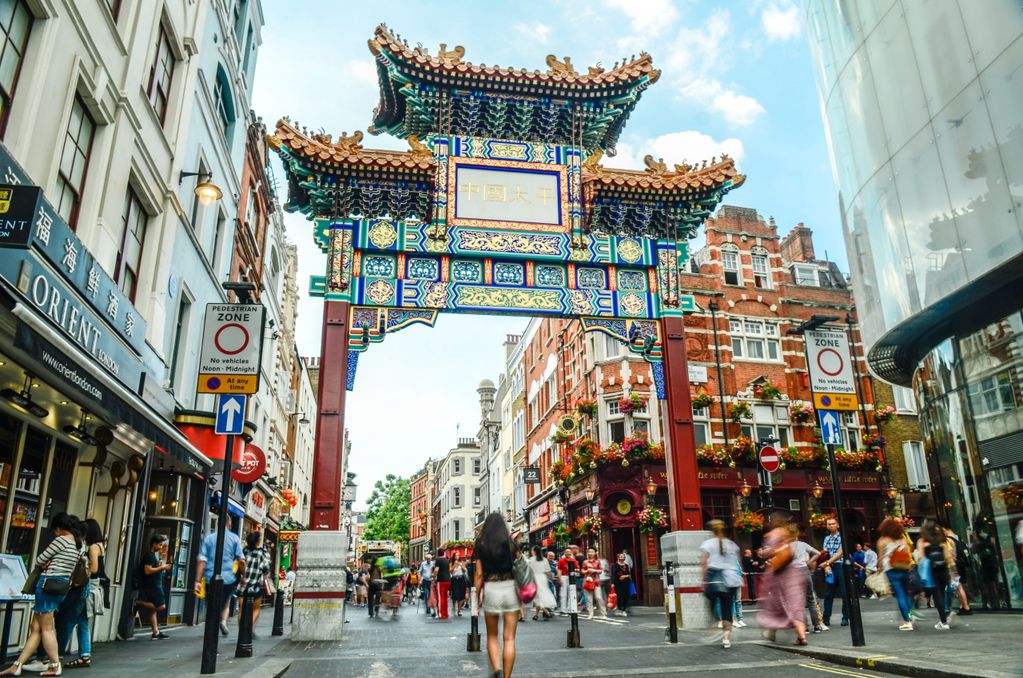
- Area of Expertise
- Global Europe
Global Europe

Dean of the Paris School of International Affairs (PSIA) at Sciences Po and former Spanish minister of Foreign Affairs, European Union and Cooperation
At the Gendema frontier that separates Sierra Leone and Liberia, there is a flourishing trade in rice, fish, cassava, palm oil and spices. But many of the traders – who are mostly women and young men – steer clear of the official crossing, preferring to take their wares across the border informally.
This is because in much of sub-Saharan Africa, exporting through official border crossings isn’t easy. Processing fees are high, rules are often opaque and delays plentiful. Harassment by border guards is not unheard of and the traders are themselves are often unfamiliar with customs formalities, and so struggle to deal with all the documentation. Unfortunately for them, informal trade has its drawbacks: lower prices, smaller volumes and little scope for product innovation, not to mention the risk of getting caught.
The World Trade Organization’s (WTO) new Agreement on Trade Facilitation, struck last December in Bali, should do much to simplify customs procedures and make it cheaper and quicker to get goods across borders – legally. But even if developing and least-developed countries get the help they need to introduce reforms promised by the Bali Agreement, simpler rules aren’t enough. Traders will still need to know how to navigate the new procedures if they are to use them.
At the International Trade Centre, a joint agency of the WTO and the United Nations, we are working with African governments and business associations to help traders master customs formalities, and so make it easier for them to jump from informal to formal trade. The hubs set up near borders are poised to yield even greater dividends in terms of formalising and trade once the WTO’s trade facilitation agreement is implemented. The combination of international agreements with domestic-level action is what effective trade co-operation might look like in the years ahead.
Focusing a greater part of Europe’s aid budget on private sector development would go a long way toward unlocking the potential for sustainable growth and decent jobs in poorer countries
International policy action will always define possibilities for trade, whether it’s about removing longstanding barriers and distortions to trade, entrenching new regulatory standards regionally or multilaterally, or addressing trade frictions arising from, say, exchange rate tensions, or climate change policies. But the opportunities presented by open global markets will go under-used unless there is the concerted action at domestic and even grassroots levels needed to build supply and trade capacity.
For all of the giant strides taken by developing countries in recent decades, many have been left on the margins of international trade. It is these countries that have been unable to boost their share of global trade and that have registered the lowest human development progress, as recorded in the UN’s flagship development report last year.
The supply side trade agenda is enormous. It covers the whole spectrum, from domestic policy and institutional environment to the construction and maintenance of physical infrastructure. A world in which it costs $1,600 to ship a container from Shanghai to Mombasa, but $5,000 to get that container from there to the Rwandan capital Kigali is hardly conducive to Africa’s greater participation in the global manufacturing production chains. Regional integration in some parts of Africa has helped cut the costs of trading regionally, but much remains to be done.
As the Gendema example suggests, even modest interventions like training women in customs formalities are enough to stimulate trade. At the ITC we have seen that it is not always a lack of expensive infrastructure that keeps companies from connecting profitably to export markets: it can be insufficient intelligence about conditions in potential markets, easily rectified skills shortages that hold back the value adding, or just the absence, of contacts with potential customers. The ITC has begun implementing an informal cross border component in our work with Sierra Leone, centred on the development of a cross-border customs formalities illustrated manual offering a step-by-step overview and clear explanations, with a focus on agricultural products traded between Sierra Leone and Liberia.
The opportunities presented by open global markets will go under-used unless there is the concerted action at domestic and even grassroots levels needed to build supply and trade capacity
That the majority of trade is done by companies is a reality trade diplomats sometimes seem to forget. Governments play an indispensable role in creating a favourable business climate and a trade-friendly environment, but it is the private sector that takes the risk. Effective development policies must give top priority to strengthening developing countries’ private sectors.
Micro, small, and medium-sized enterprises (MSMEs) are the drivers of job creation. An expert panel on the UN’s still-evolving post-2015 development agenda says almost 500m more people will enter the labour market by 2030, and most of the jobs they’ll need to escape poverty must be created by MSMEs.
Ironically, the modest size of MSMEs means that they are often – though not everywhere – marginalised when governments shape their trade and economic politics. Larger interests that account for a smaller share of the overall economy exert much greater influence. All benefit from a simple, predictable domestic regulatory framework, but it’s also true that unnecessarily complicated regulations hit smaller companies especially hard.
Just as important is connecting them to markets, the part of the development process that’s often called a ‘structural transformation’ when people and resources shift out of subsistence farming and the like into more productive activities. Trade is crucial to this process in several ways. Export competitiveness can help drive greater added value and productivity – but only if countries can encourage investment in tradeable sectors. Doing that involves tackling the bottlenecks that discourage higher-value exports, and it’s an area where the development community can do much more to help.
The EU is well positioned to take the lead on supporting implementation of the WTO’s trade facilitation agreement
As we saw at Sierra Leone’s frontier with Liberia, improving people’s access to cross-border markets can transform their livelihoods without dramatic shifts in the economy. Breaking into world markets for value-added goods and services, on the other hand, can do much to transform a country’s economy. Back in the 1960s, South Korea’s fairly humble exports of clothing, plywood, wigs, and shoes to the United States, Japan, and Europe set the stage for the country’s extraordinary rise from poverty to prosperity in the space of two generations. By the same token, Ethiopia’s skyrocketing exports of cut flowers to Europe, or Morocco’s growing call-centre and outsourcing industry may promise the creation of better, more stable jobs (many of them for women) and a much rosier future.
There are, of course, all too many obstacles that stand between would-be exporters and world markets. One of the biggest stumbling blocks has on the face of it little to do with trade as such: the high cost of capital for SMEs. The very smallest businesses generally have their needs met by microfinance lenders, but many SMEs fall into a “missing middle” on access to finance: too big for microfinance, but lacking either the collateral or the size usually demanded by commercial lenders. High borrowing costs not only prevent some embryo companies from ever seeing the light of day, they also tend to frustrate productivity-raising investments in better technologies. Research suggests that SMEs get a particularly strong boost when they succeed in getting financing, while even if skills and training have little to do with commerce as such, they have everything to do with trade competitiveness.
There’s also a raft of other challenges to be overcome. An absence of business-to-business platforms can make it hard for would-be exporters to connect with customers. Smaller companies generally struggle to meet export markets’ health and quality standards, not to mention the growing number of private voluntary standards where the rewards for compliance can be considerable.
Europe has long been a central player in international trade diplomacy, and is therefore ideally positioned to lead a development policy agenda aimed at empowering private sector players in developing countries to break into world markets. The European Union is a top export destination for most developing countries, and is also a lead investor in developing nations and the world’s leading aid provider. Dynamic, globally connected SMEs form the backbone of most European economies, none more famously than Germany’s mittelstand.
Focusing a greater part of Europe’s aid budget on private sector development would go a long way toward unlocking the potential for sustainable growth and decent jobs in poorer countries. European governments and investors could together lead the global development community in inventing new vehicles for providing debt and equity financing to African SMEs, and this in turn could pay large dividends in terms of growth and technological upgrading. As well as the social and environmental impact, investors could be encouraged to promote investment in tradeable sectors that connect to global value chains. At a time when the search for yield is driving money toward sectors with increasingly risky social and economic consequences, more venture capital investment in developing countries could yield substantial profits. European trade promotion organisations should be encouraged to connect to their counterparts in developing countries to promote bilateral trade.
Some European countries are already taking steps in these directions. The Dutch government has since last year been working to develop a Good Growth Fund to provide finance to socially responsible entrepreneurs in low- and middle-income countries, as well as for Dutch companies seeking to set up ventures with them.
At the policy level, the EU is well positioned to take the lead on supporting implementation of the WTO’s trade facilitation agreement, and to push for a swift conclusion to post-Bali negotiations on what can be salvaged from the Doha agenda. The EU’s involvement in ‘mega-regional’ trade negotiations, notably the Trans-Atlantic Trade and Investment Partnership (TTIP) with the U.S., gives European negotiators an opportunity to ensure that the new regulatory baseline won’t squeeze out developing country SMEs.
European governments could also lobby for the UN’s post-2015 development agenda to encourage demand and supply side policies for trade integration. Embedding the future global development agenda in a strong growth bedrock will ensure that gains in education, heath, peace and security will be sustainable.
Next event In person & livestreamed

Past event

Past event Online
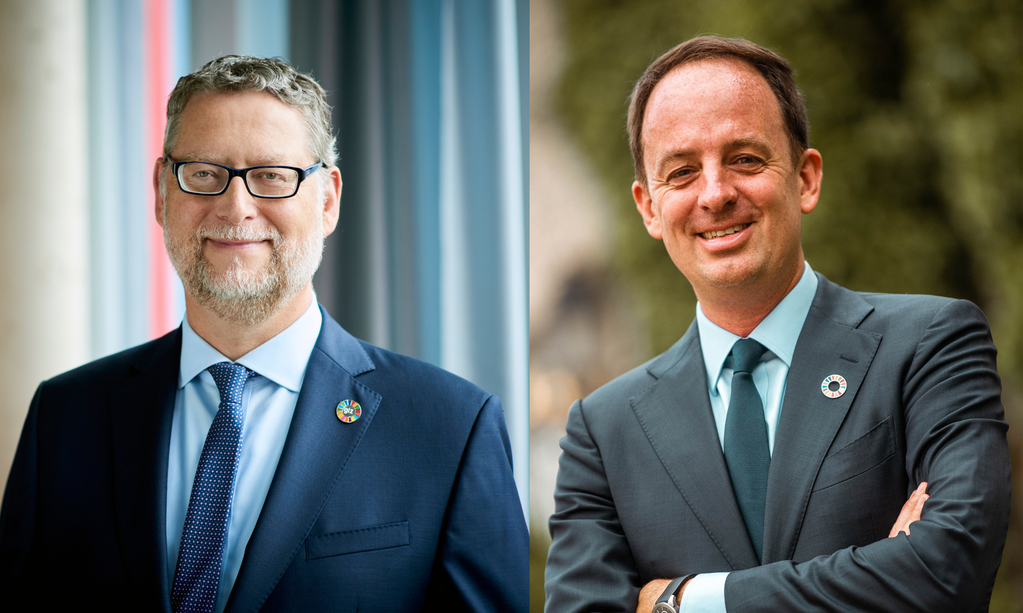
Past event IN PERSON & ONLINE

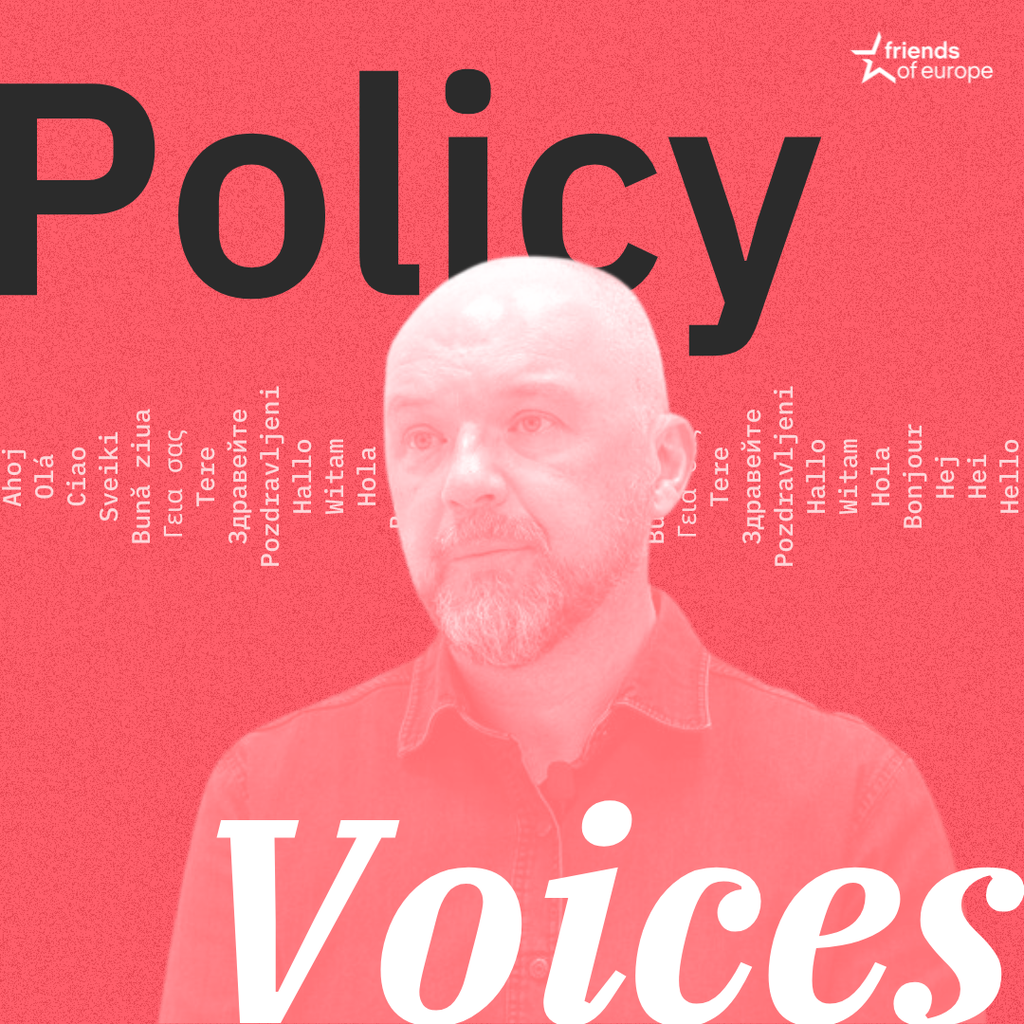
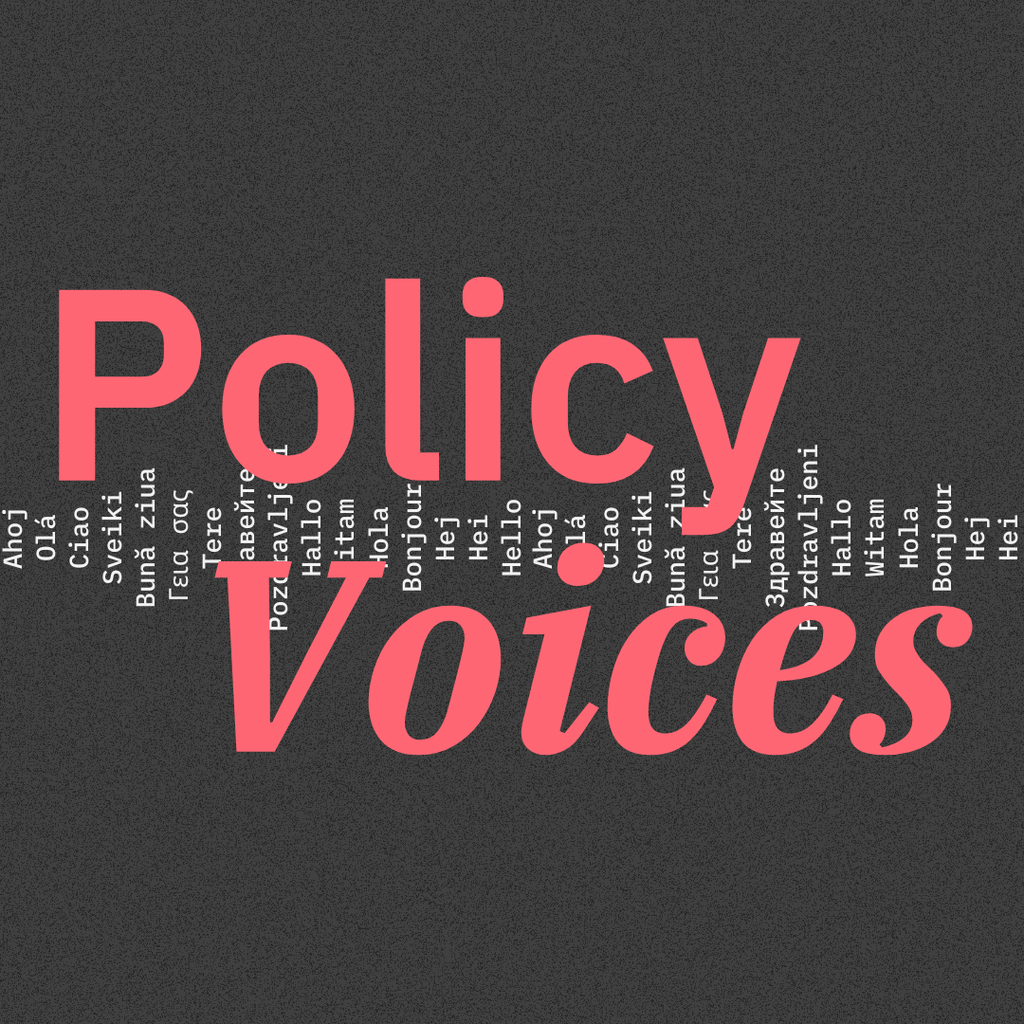
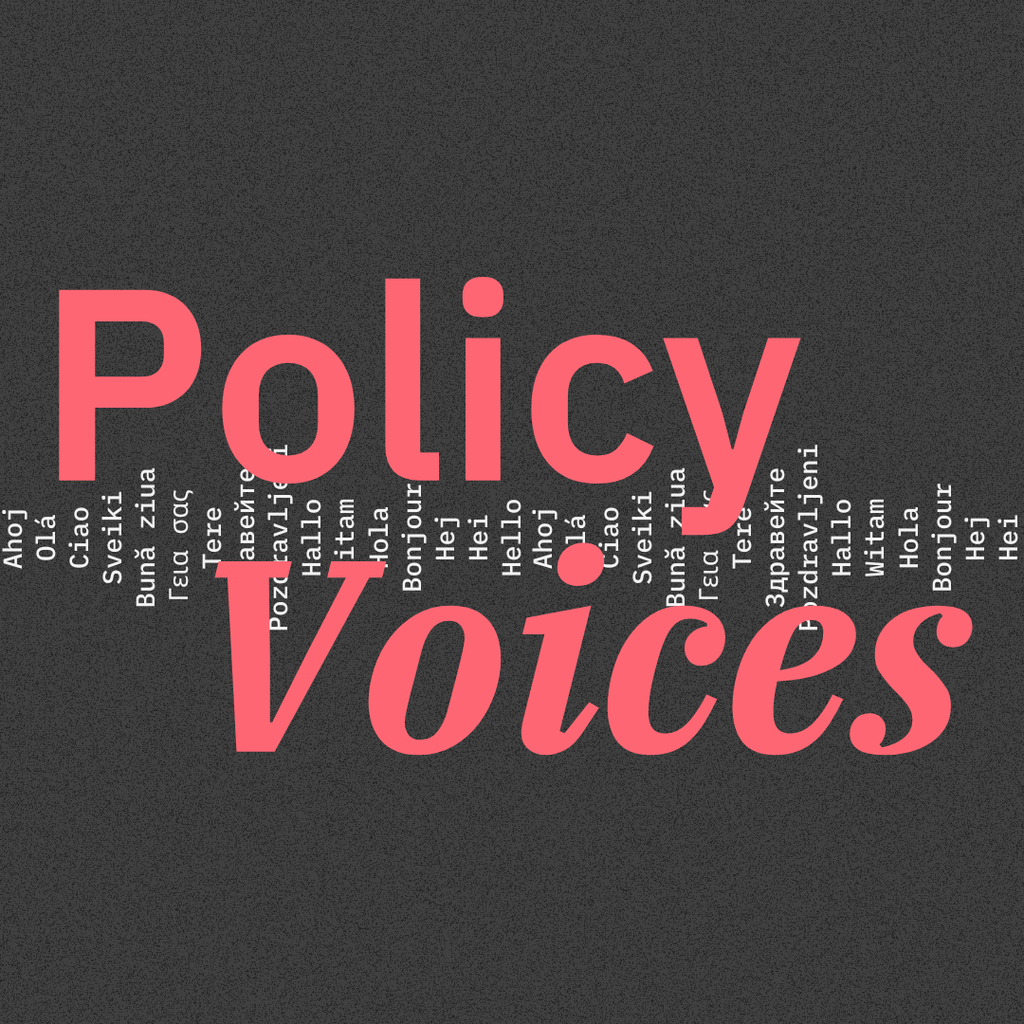

Stay informed
We use cookies and similar technologies to adjust your preferences, analyze traffic and measure the effectiveness of our campaigns. Learn more about our privacy policy.